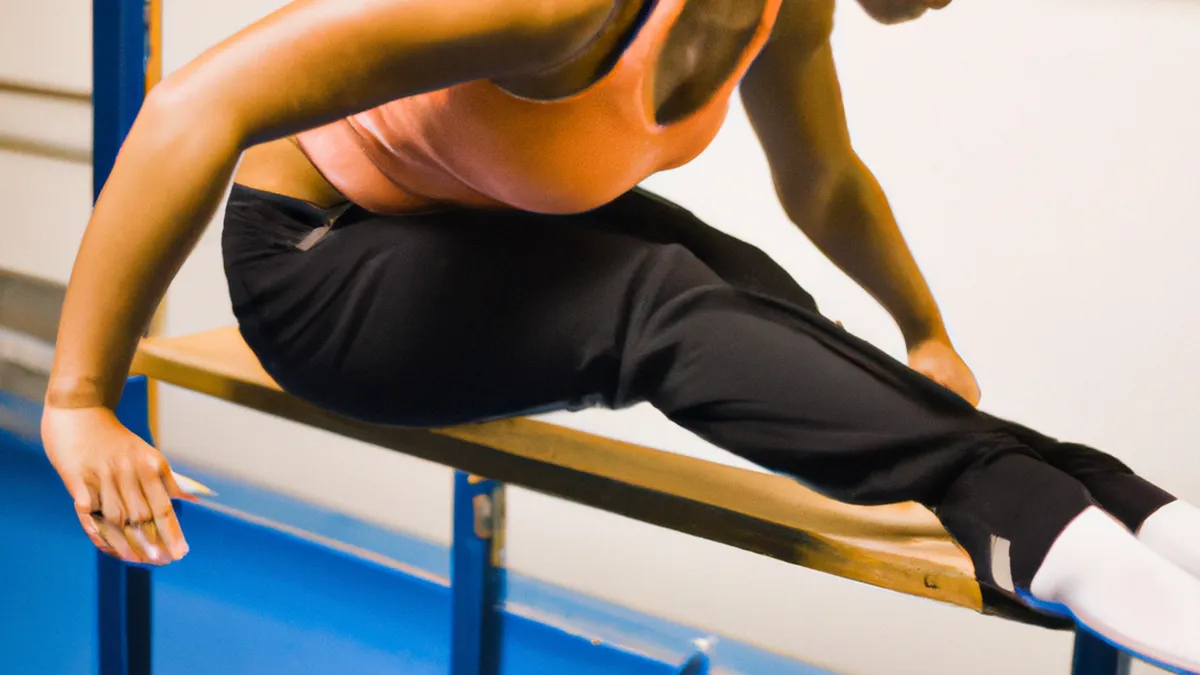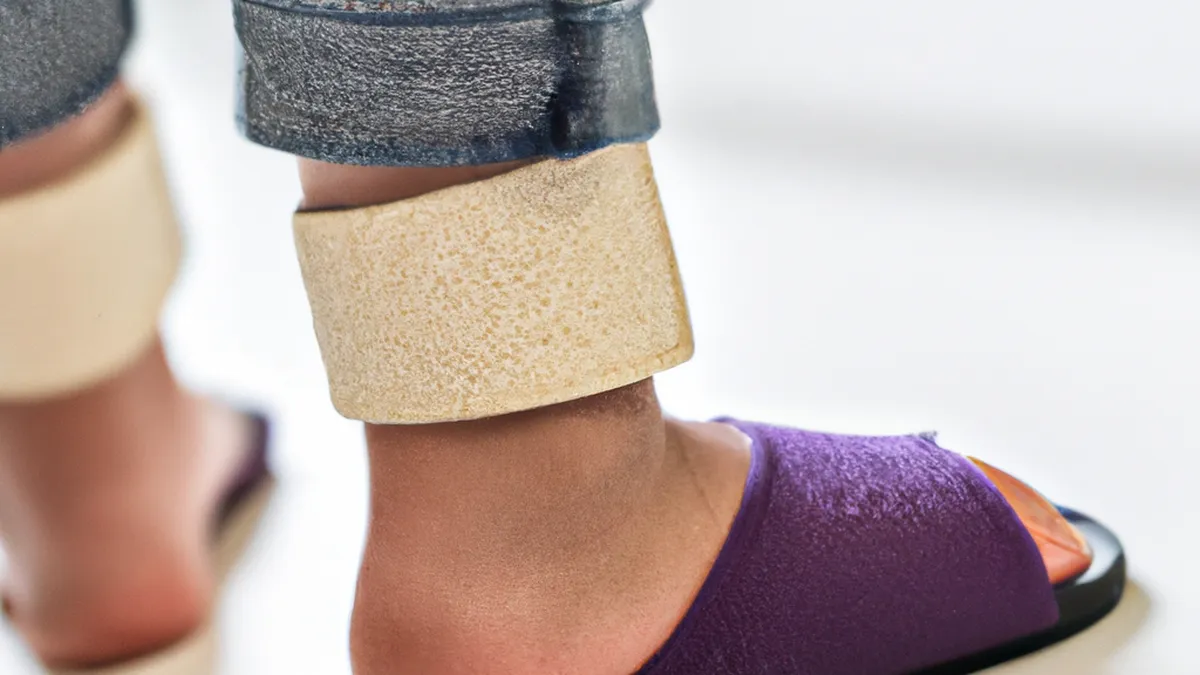Flex Your Way to Athletic Excellence
Sport-Specific Flexibility Routines to Improve Range of Motion
As an Amazon Associate I earn from qualifying purchases.
Gear tip: consider knee brace, ankle brace and kinesiology tape to support this workout.
Flexibility greatly impacts athletic performance, yet many athletes neglect it. Sport-specific flexibility routines enhance your range of motion, crucial for peak performance. This post discusses strategies to improve flexibility, the science behind it, and its benefits for athletes.
Understanding Flexibility and Its Importance
Flexibility allows joints to move through their full range of motion. Athletes need flexibility for optimal performance, enabling efficient and effective movements. Improved flexibility enhances strength, coordination, and athletic performance. It also reduces injury risks, as flexible muscles absorb impact better.
Athletes should adopt sport-specific flexibility routines. Customize stretching and mobility exercises to fit your sport’s movements. For example, gymnasts require different flexibility training than soccer players. Recognizing these differences maximizes performance and minimizes injury risks.
Tips for Creating Sport-Specific Flexibility Routines
1. **Identify Key Movements**
Analyze the specific movements in your sport. Basketball players require hip, ankle, and shoulder flexibility for jumps and quick direction changes. Runners need hamstring, calf, and hip flexor flexibility for optimal stride length. Focus on joints and muscles needing attention to tailor your routine effectively.
2. **Incorporate Dynamic Stretching**
Dynamic stretching warms up muscles and prepares them for activity. Perform controlled movements that mimic your sport’s actions. For example, leg swings improve hip mobility for runners, while arm circles enhance shoulder mobility for baseball players. Do dynamic stretches before workouts or games.
3. **Add Static Stretching Post-Activity**
After your workout, perform static stretching to improve flexibility. Hold stretches for 15 to 30 seconds, focusing on major muscle groups. Swimmers should stretch shoulders and chest, while football players should target quads and hamstrings. This stretching aids muscle recovery and maintains flexibility.
4. **Utilize Foam Rolling Techniques**
Foam rolling releases muscle tightness and improves blood flow. Use a foam roller on tight or sore areas, especially muscle groups used in your sport. Football players should focus on quadriceps and hamstrings to enhance mobility and reduce soreness. Incorporating foam rolling significantly improves flexibility.
Conclusion
Focus on sport-specific flexibility routines to enhance performance and reduce injury risks. Tailor your training for optimal results.
Below are related products based on this post:
FAQ
Why is flexibility important for athletes?
Flexibility allows joints to move through their full range of motion, which is crucial for optimal athletic performance. Improved flexibility enhances strength, coordination, and overall performance while reducing the risk of injuries, as flexible muscles can absorb impact better.
How can I create a sport-specific flexibility routine?
To create a sport-specific flexibility routine, start by identifying the key movements required in your sport. Focus on the joints and muscles that need attention, incorporate dynamic stretching before activities, and add static stretching post-activity to improve flexibility. Tailoring these elements will maximize performance and minimize injury risks.
What role does foam rolling play in flexibility training?
Foam rolling is effective for releasing muscle tightness and improving blood flow. It can be used on tight or sore areas, particularly those muscle groups used in your sport. Incorporating foam rolling into your routine can significantly enhance flexibility and aid in recovery.















Post Comment